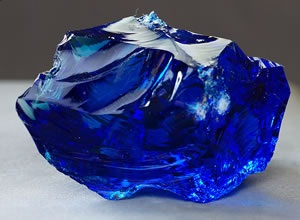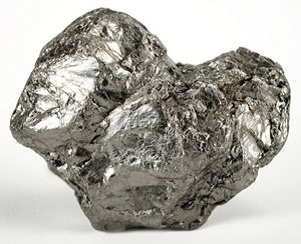MINING IN SRI LANKA:
Sri lanka is popularly known for its Graphite mines. Graphite is Sri Lanka?s major mineral resource with export potential whereas Gems, precious and semi-precious stones, are also the chief minerals which are exported. The stories of sapphire and graphite mining are the most popular ones in Sri Lanka. Over the years a large variety of gems have been exploited which includes sapphire, ruby, chrysoberyl, beryl, spinel, garnet, zircon, aquamarine, moonstone, topaz and, tourmaline.


Just a few years ago Sri Lanka imposed restrictions on imports of rough gem stones. ?The precious and semi-precious stones are found among the beds of older alluvium and river gravels of Quaternary age in the valleys of Ratnapura district in the south-west of the island.
The State Gem Corp. handles the rich topaz deposits at Polwatta, near Matale in central Sri Lanka. The privately-owned Blue Peacock Lapidary on the west coast specialises in importing rough diamonds, which are cut and polished for export markets. Blue Diamonds, which runs a large factory with about 1,000 employees, in which the Belgian company, Rosy Blue NV has a share, is a major exporter of diamonds.
Sri Lanka?s gem industry is one of the most interesting sectors. Sri Lanka was affectionately known as Ratna-Dweepa which means Gem Island. The name is a reflection of its natural wealth. Marco Polo had stated that the island had the best sapphires, topazes, amethysts, and other gems in the world. Ptolemy, the 2nd century astronomer had also stated that beryl and sapphire were the mainstay of Sri Lanka?s gem industry.
Sri Lanka, is an extremely old country. Ninety percent of the rocks of the island are of Precambrian age, 560 million to 2,400 million years ago. The gems form in sedimentary residual gem deposits, eluvial deposits, metamorphic deposits, skarn and calcium-rich rocks. Other gems are of magmatic origin.
Residual deposits are mainly found in flood plains of rivers and streams. The metamorphic types of gems constitute 90% of the gem deposits in Sri Lanka. Compared to its landmass, Sri Lanka has the highest density of gem deposits. Ratnapura which is known as the city of gems contains the most gem deposits and derived its name from the gem industry. Sri Lanka, and this gemstone rich Ratnapura region, is a delta of sorts, with a sapphire rich gravel buried 7-30 meters below the soil, in old river beds. The mining places in the city are actually peaceful and pretty much safe compared to other mining cities and countries.
The mines have tunnels extending horizontally out, beneath the farmlands so the disruptions to the fertile fields is on a minimum scale basis. The mining areas have their side walls covered with palm and grass. The top layers of soil, which do not contain sapphire are rich in other gems such as black tourmaline, quartz, zircon, and spinel. In sri lanka, the miners are well taken care of and well paid unlike in other countries.
A well cut sapphire can be amazingly beautiful, whereas a poorly cut stone will have no life or beauty. The miners are paid on the basis of how well they cut the sapphire. This higher rate of pay attracts the best cutters, and ensures that his stones will showcase the true beauty of the mineral, and therefore by making it more valuable.
Most sapphires and rubies are heat treated, and it is an industry accepted, permanent treatment of stones. Treatment can improve the clarity and color of a stone. There are untreated stones available, and the only way to know for sure is if they come with certification from the mine and stone dealer.








